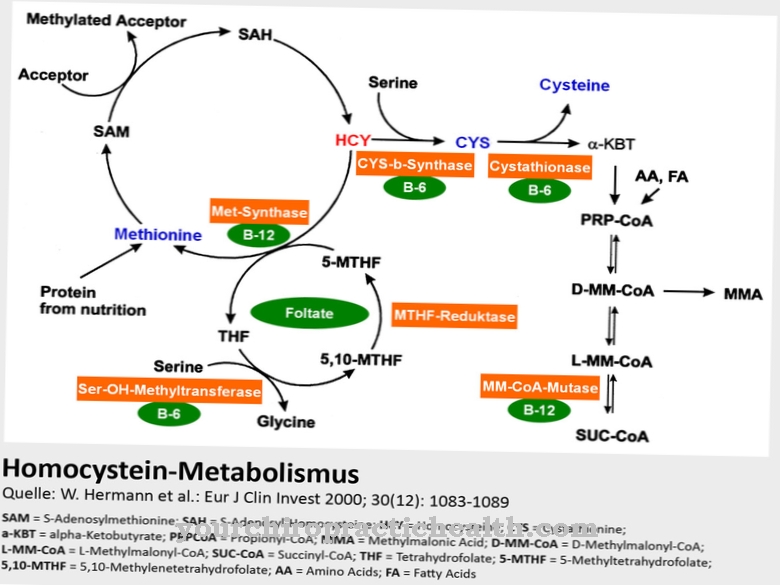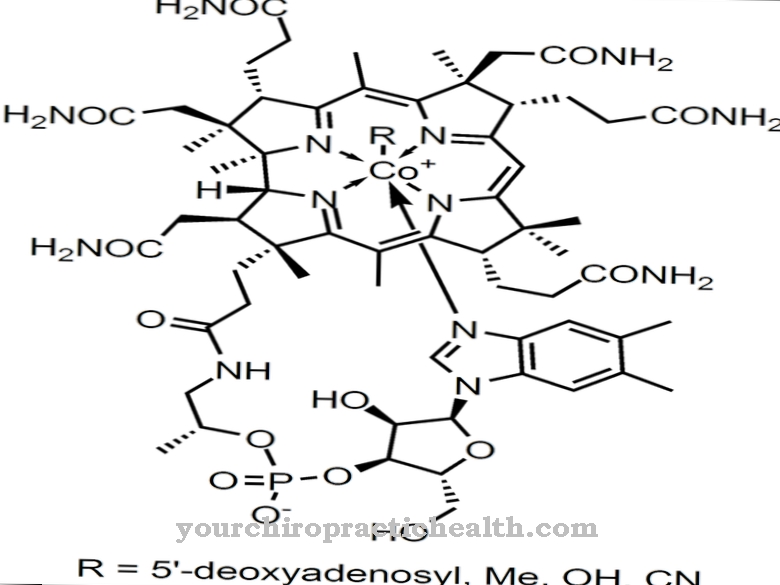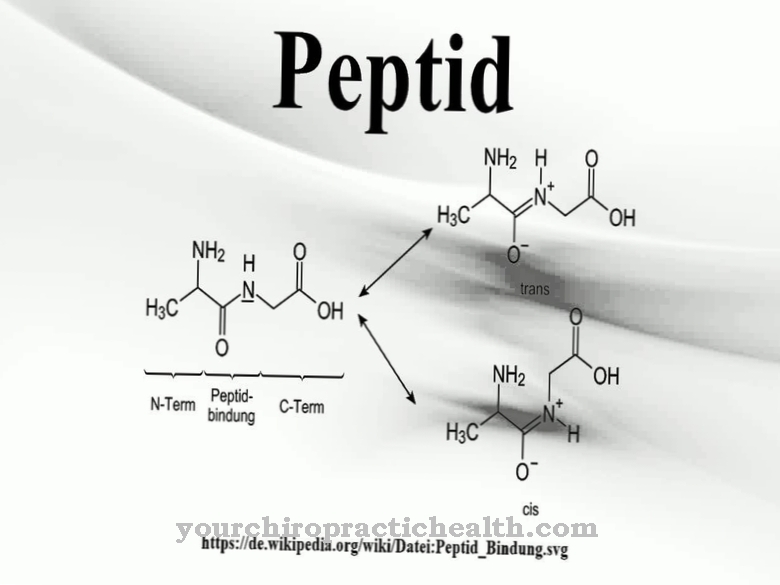Monoamine oxidases (MAO) as enzymes are responsible for the breakdown of monoamines in the organism. Many monoamines are neurotransmitters and are involved in the transmission of stimuli within the nervous system. A lack of activity of the monoamine oxidases can lead to aggressive behavior.
What is Monoamine Oxidase?
Monoamine oxidases are enzymes that specialize in breaking down monoamines in the body. The monoamines are converted into the corresponding aldehydes, ammonia and hydrogen peroxide with the help of water and oxygen.
Many monoamines act as neurotransmitters and are responsible for transmitting stimuli within the nervous system. If the concentration of these substances in the organism increases, this results in increased irritability. Monoamine oxidases ensure that the monoamines do not accumulate in the body. Monoamine oxidase is found in the outer mitochondrial membrane of every eukaryotic cell. If, for any reason, there is a lack of monoamine group neurotransmitters, depression can occur. In these cases, the use of MAO inhibitors helps, as these prevent the breakdown of the remaining monoamines by monoamine oxidase.
The monoamine oxidases come in two groups. Both monoamine oxidase-A and monoamine oxidase-B are active in the human organism and in mammals. Monoamine oxidase-A is already present in fungi, while monoamine oxidase-B is only effective in mammalian cells. Both enzymes partially break down different monoamines. Monoamine oxidase-A is responsible for the breakdown of serotonin, melatonin, adrenaline and noradrenaline. Monoamine oxidase-B catalyzes the breakdown of benzylamine and phenethylamine. The monoamines dopamine, tryptamine or tyramine can be broken down equally by both monoamine oxidases.
Function, effect & tasks
Monoamine oxidases therefore have the important task of breaking down and thus inactivating all monoamines occurring in the metabolism. The neurotransmitters among them have a great influence on physical processes.
Other monoamines are simply intermediate products in the breakdown of certain amino acids, which are then further broken down by MAO. As already mentioned, the monoamines are converted into the homologous aldehydes, ammonia and hydrogen peroxide with the help of water and oxygen. The corresponding aldehydes are further reduced to alcohols, which in turn are oxidized to the biologically inactive acid. The end products of monoamine breakdown are excreted in the urine. In addition to the monoamines formed in the body, the monoamines supplied with food, such as tyramine from cheese, are also broken down by monoamine oxidase.
The biological importance of MAOs is that they prevent the body from storing toxic monoamines. The accumulation of neurotransmitters in the nervous system significantly increases the irritability of the organism. This causes aggressive and impulsive behavior. Other monoamines occur as intermediate products of the metabolism and act as poisons when they accumulate in the organism. The breakdown of monoamines by MAO can therefore also be viewed as a detoxification of the body.
Education, occurrence, properties & optimal values
Both monoamine oxidases are encoded by genes found on the short arm of the X chromosome. Monoamine oxidase-A performs its functions outside the brain in the sympathetic and enteric nervous systems.
By breaking down monoamines in these areas, it regulates digestive activity, blood pressure, heart activity, all other organ activities and metabolism. The higher the concentration of the neurotransmitters there, the more irritable people are. Monoamine oxidase B acts in the central nervous system and is responsible for the breakdown of beta-phenylethylamine (PEA) and benzylamine. In addition, like monoamine oxidase-A, it is also involved in the breakdown of dopamine.
Diseases & Disorders
Several studies have found that a lack of monoamine oxidase-A leads to antisocial and aggressive behavior. This can be explained by the fact that the accumulation of neurotransmitters in the nervous system leads to increased irritability because the transmission of stimuli in the nervous system is increased.
The willingness to take risks is also growing. Related to this, there was also a negative correlation between monoamine oxidase A deficiency and debt. The complete failure of monoamine oxidase-A leads to the so-called Brunner syndrome. The Brunner syndrome is genetic and is characterized by extreme impulsive aggressiveness up to violence and a slight intellectual deficit. The symptoms appear in childhood. The disease is inherited in an x-linked recessive manner. Men are mainly affected because they only have one X chromosome.
If a defective gene occurs, there is no compensating normal gene. A tendency to physically risky activities, disinhibition in the form of promiscuity, drinking or party addiction as well as a tendency to restlessness in a varied environment was also observed with a deficiency of monoamine oxidase-B. At the same time, there was also an increased tendency towards aggressiveness and violence. However, the full activity of the monoamine oxidases is not always desired. If there is a lack of neurotransmitters such as serotonin or dopamine, depression occurs. In these cases, monoamine oxidase or MAO inhibitors help to normalize the concentration of these messenger substances again. MAOIs suppress the function of monoamine oxidases.
The breakdown of the monoamines can no longer take place, so that they accumulate again. Since Parkinson's disease is also caused by a lack of dopamine, it can also be treated with monoamine oxidase inhibitors. Selective monoamine oxidase B inhibitors such as selegelin or rasagiline are used. Non-selective Mao inhibitors for monoamine oxidase-A and monoamine oxidase-B can treat depression and anxiety disorders. There are also selective monoamine oxidase A inhibitors for the treatment of depression.
In addition, reversible and irreversible MAO inhibitors are used. The irreversible monoamine oxidase inhibitors bind so tightly to the monoamine oxidase that it can no longer be released after the treatment, but has to be regenerated over a longer period of time.













.jpg)

.jpg)
.jpg)











.jpg)